
It is Army Ranger Wing policy to neither confirm nor deny the information contained within this book. Furthermore, for reasons of national security, and for the protection of ongoing operations and protection of persons, it is Army Ranger Wing policy not to discuss past or present operations.
MERCIER PRESS
3B Oak House, Bessboro Rd
Blackrock, Cork, Ireland.
 www.mercierpress.ie
www.mercierpress.ie
 www.twitter.com/MercierBooks
www.twitter.com/MercierBooks
 www.facebook.com/mercier.press
www.facebook.com/mercier.press
Paul OBrien and Wayne Fitzgerald, 2020
Epub ISBN: 978 1 78117 763 1
This eBook is copyright material and must not be copied, reproduced, transferred, distributed, leased, licensed or publicly performed or used in any way except as specifically permitted in writing by the publishers, as allowed under the terms and conditions under which it was purchased or as strictly permitted by applicable copyright law. Any unauthorised distribution or use of this text may be a direct infringement of the authors and publishers rights and those responsible may be liable in law accordingly.
The ARW motto:
Glaine r gCro, Neart r nGag,
Agus beart de rir r mbriathar.
(The cleanliness of our hearts, the strength of our limbs, and our commitment to our promise.)
Dedicated to those who have served in the
Army Ranger Wing, who are currently serving,
and who will serve in the future.
abbreviations
AHQArmy Headquarters
AMLPanard-type vehicle
AOArea of Operations
APCArmoured Personnel Carrier
ARWArmy Ranger Wing
C2 groupCommand & Control
CARCentral African Republic
CEMOCombat Equipment Marching Order
CommsCommunications
CPClose Protection
CPTClose Protection Team
CQBClose Quarter Battle
CRRCCombat Rubber Raiding Craft
CSDPCommon Security and Defence Policy
CTCounter-terrorism
CTRClose Target Recce
DFDefence Forces
DSDirecting Staff
ECOWASEconomic Community of West African States
EODExplosive Ordnance Disposal
ERVEscape Rendezvous
EUEuropean Union
FNFabrique Nationale
FOBForward Operating Base
FRVForward Rendezvous
G8Group of Eight (an inter-governmental
political forum, now G7)
GIGNGroupe dintervention de la Gendarmerie nationale (elite tactical unit of the French National Police)
GOLGovernment of Liberia
GPMGGeneral Purpose Machine Gun
GSG 9Grenzschutzgruppe 9
HALOHigh Altitude Low Opening
HMGHeavy Machine Gun
HQHeadquarters
IEDsImprovised Explosive Devices
INLAIrish National Liberation Army
INTERFETInternational Force East Timor
IRInfra-red strobe lights
IRAIrish Republican Army
IWWInfantry Weapons Wing
LFTTLive Fire Tactical Training
LtLieutenant
LURDLiberians United for Reconciliation and Democracy
MINURCATUnited Nations Mission in the Central African Republic and Chad
MINUSMAUnited Nations Multidimensional Integrated Stabilization Mission in Mali
MOMedical Officer
MODELMovement for Democracy in Liberia
MOLLEModular Lightweight Load-Carrying Equipment
MOUTMilitary Operations in Urban Terrain
NCONon-commissioned Officer
NSVRussian-manufactured machine gun
NVENight Vision Equipment
NVGNight Vision Goggles
O/COfficer Commanding
OPObservation Post
PCM An Para-Chumann Mileata
PDFPermanent Defence Forces
PTPhysical Training
PTIPhysical Training Instructor
QRFQuick Reaction Force
RecceReconnaissance
RetdRetired
RIBRigid Inflatable Boat
RPGRocket-propelled Grenade
RSMRegimental Sergeant Major
RTAReaction to Attack
RTUReturned To Unit
SAGSpecial Assault Group
SASSpecial Air Service
SecSection
SERESurvival Evasion Resistance Extraction
SFPSustainable Function Programme
SIGINTSignals Intelligence
SOSenior Officer
SOFSpecial Operations Force
SOFQSpecial Operations Force Qualification
SOPsStandard Operating Procedures
SOTGSpecial Operations Task Group
SRVSpecial Reconnaissance Vehicles
TACCOMTactical Communications
TLTeam Leader
TTPsTactics, Techniques and Procedures
UNUnited Nations
UNAMETUnited Nations Mission in East Timor
UNIFILUnited Nations Interim Force in Lebanon
UNITAFUnified Task Force
UNMILUnited Nations Mission in Liberia
UNOSOMUnited Nations Operation in Somalia
Introduction
Special forces have played an important role throughout history, with specialist units operating covertly and overtly in a number of conflicts. The origin of such forces can be traced back as far as the likes of the Roman Praetorian Guard and the Anglo-Saxon Huscarls at the Battle of Hastings, and can also be seen in Cromwells Ironsides, Napoleons Old Guard, and the French Foreign Legion. As the centuries progressed and warfare developed, many of these groups were amalgamated into their countrys regular forces, but in times of war there is always a need for improvisation, meaning that todays special forces will often work outside the purview of the regular forces.
Contrary to popular belief, a special forces operative is not the gung-ho, weapon-toting figure often portrayed on the silver screen, but a highly trained and very skilled soldier. Modern elite soldiers have a wide array of skills, both physical and intellectual. They have been trained in this manner due to the emergence of a new type of warfare in the mid-to-late twentieth century: the increase in national and international terrorism.
The Irish Army Ranger Wing (ARW) was formed by the Irish government and the Department of Defence during the spring of 1980 and is affectionately known as The Wing. Those who set out the initial ARW course back in 1980 had by then witnessed over a decade of this new type of warfare. In fact, it was in response to the ever-increasing terrorist attacks throughout the world in the late 1960s and early 1970s that many countries created their specialist units. The hijacking of planes, high-profile assassinations and the 1972 Munich massacre in Germany brought home the fact that, with terrorism, there were no defined battle fronts and civilians were often caught up in the fray. However, it was events in the North of Ireland in the late 1960s and 1970s in particular that found the Irish Defence Forces needing to adapt to a new and demanding period within its history.
Special forces, such as the ARW, exist to conduct special operations, irregular warfare, and counter-insurgency and counter-terrorism (CT) operations. The instructors who trained that first cadre of ARW operatives in 1980 had themselves, since the late 1960s, undergone a number of specialist courses, both at home and abroad, to ensure they could ably train and cultivate elite soldiers. This training, as well as their belief in the potential of the ARW, ensured that those in The Wing would be able to tackle some of the most difficult physical and mental challenges that a soldier could encounter while on specialist operations. As with similar special operations forces (SOFs) throughout the world, the ARW has undergone training to conduct counter-hijack operations, hostage rescue, airborne and seaborne interventions, search missions, pursuit, recapture of terrorist-held objectives, close protection, and contingency planning to counteract planned terrorist or subversive threats.

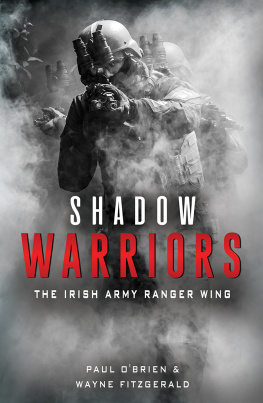



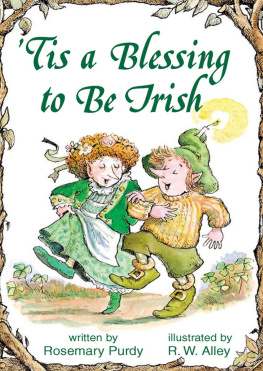

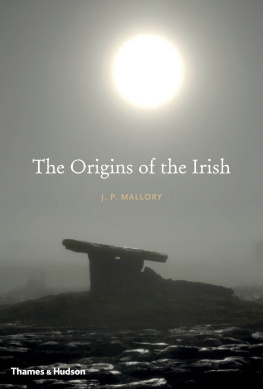


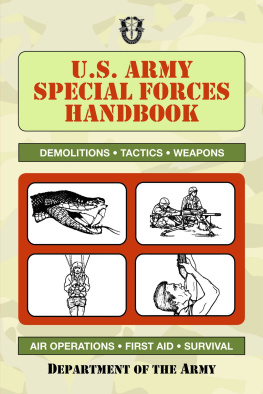
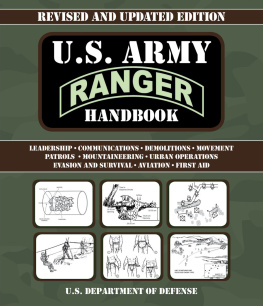

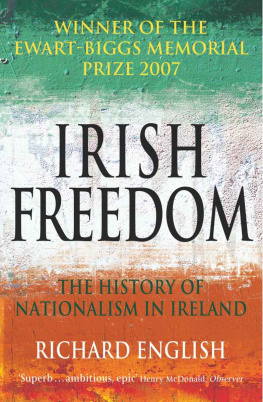
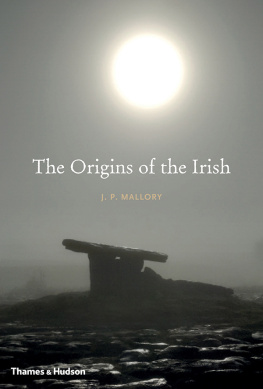


 www.mercierpress.ie
www.mercierpress.ie www.twitter.com/MercierBooks
www.twitter.com/MercierBooks www.facebook.com/mercier.press
www.facebook.com/mercier.press